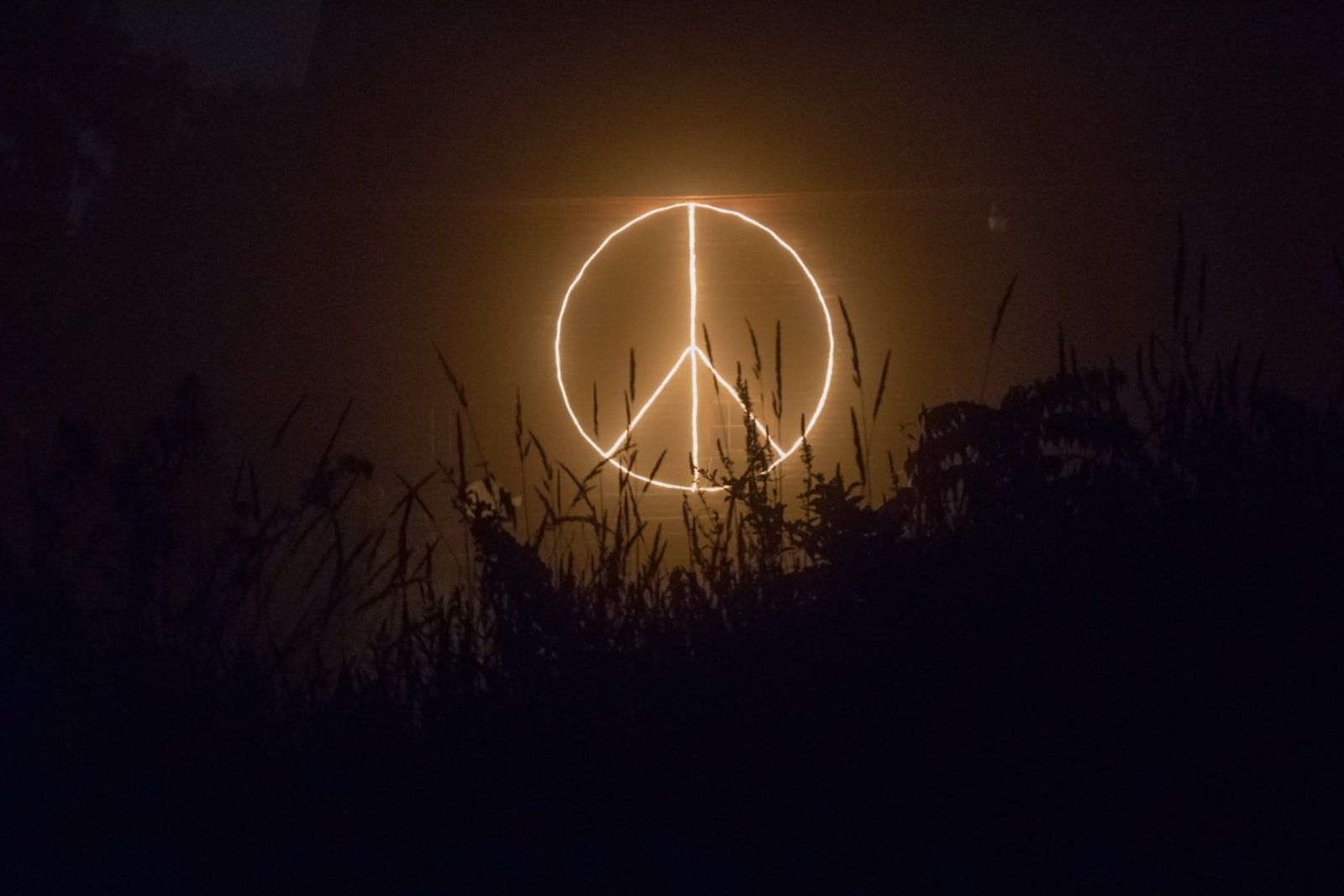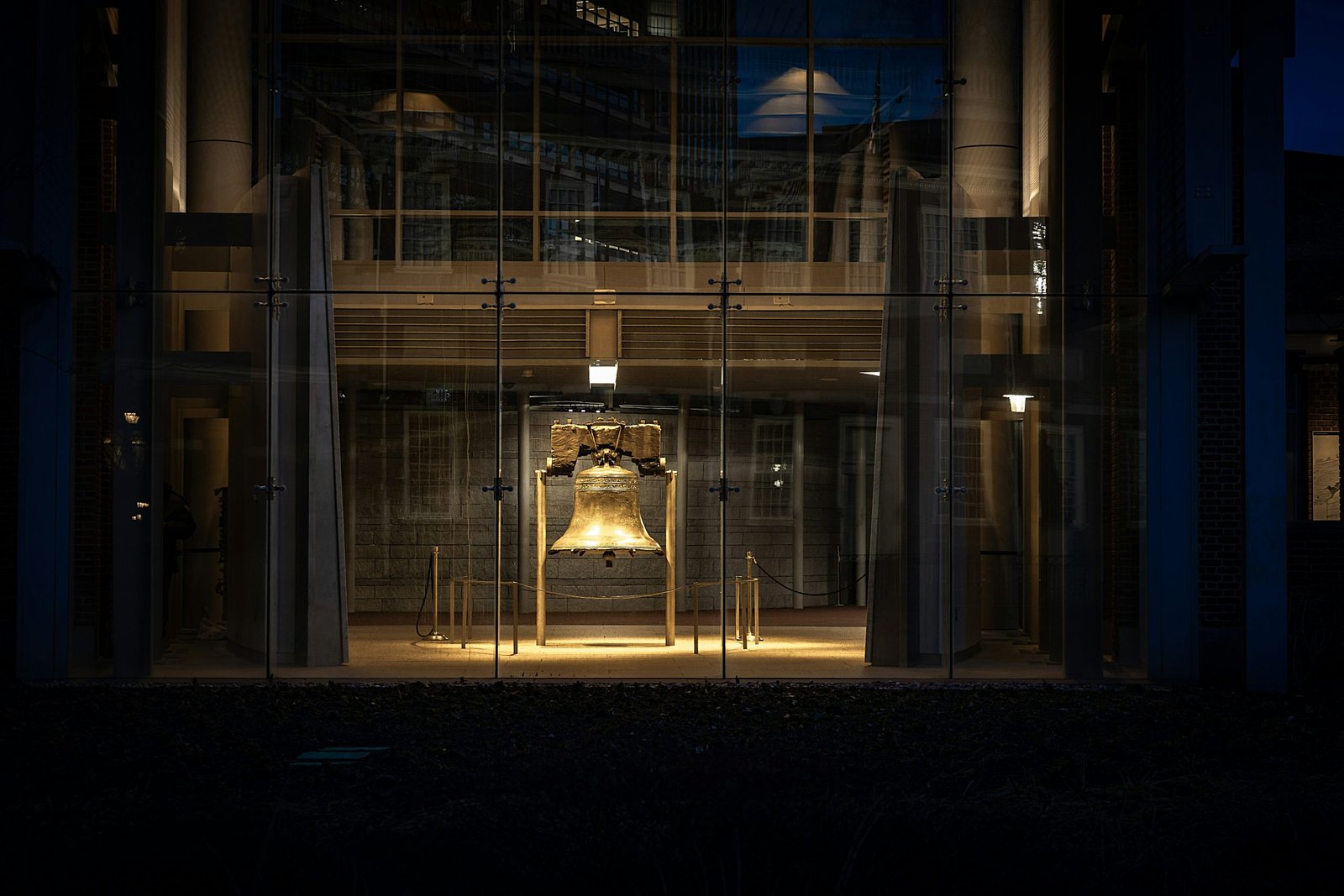The peace sign, created in 1958 by Gerald Holtom, has a simple history: it’s a symbol for nuclear disarmity and world peace. Holtom, an English artist, made this sign for a profound cause – the British Campaign for Nuclear Disarmament.
The peace sign’s design is thoughtful. The vertical line in the middle shows the semaphore signal for ‘D.’ Downward lines on both sides show the semaphore for ‘N.’ Both enclosed in a circle to form ‘Nuclear Disarmament.’ It symbolizes despair, too, like a person with outstretched hands against a white Earth.
Holtom, a staunch pacifist during World War II, picked the peace sign over the Christian cross. He wished for its universal acceptance. People of all cultures and beliefs needed to understand and adopt it.
This symbol of peace rose in popularity fast. It became the universal sign for peace and anti-nuclear movements. American civil rights activists and anti-Vietnam War protesters also adopted it.
Some have misinterpreted it to link it to Nazi symbolism, but this is not accurate. The peace sign, in fact, stands for hope and unity and a yearning for a peaceful world.
The peace sign today is a beacon of hope for peace and a protest against war, recognized globally. Its message of peace and understanding remains as pertinent as when first made.





